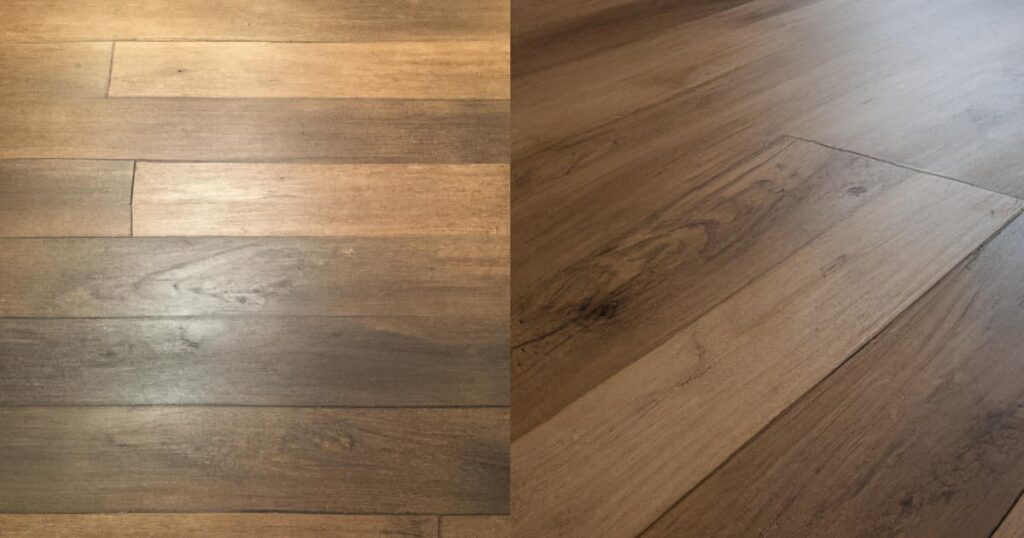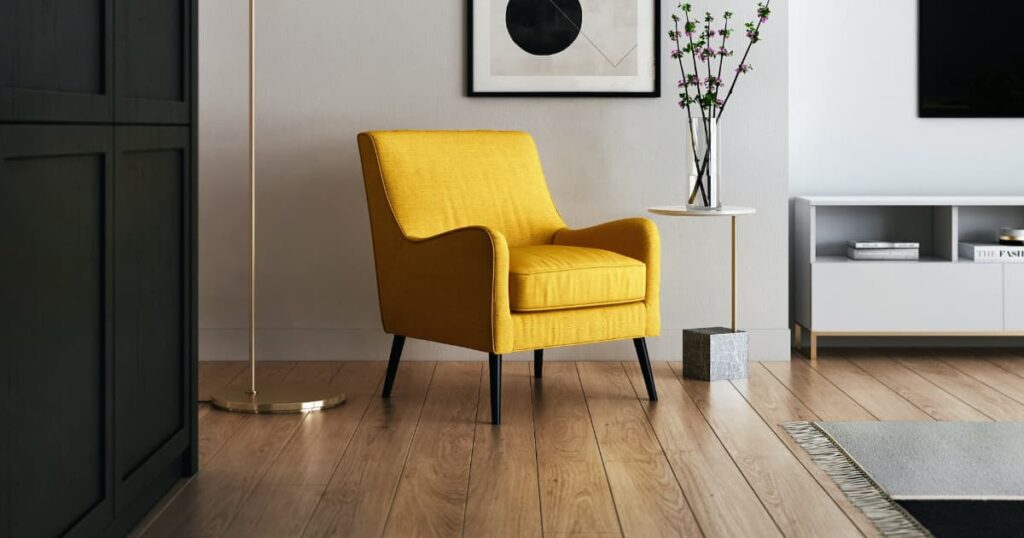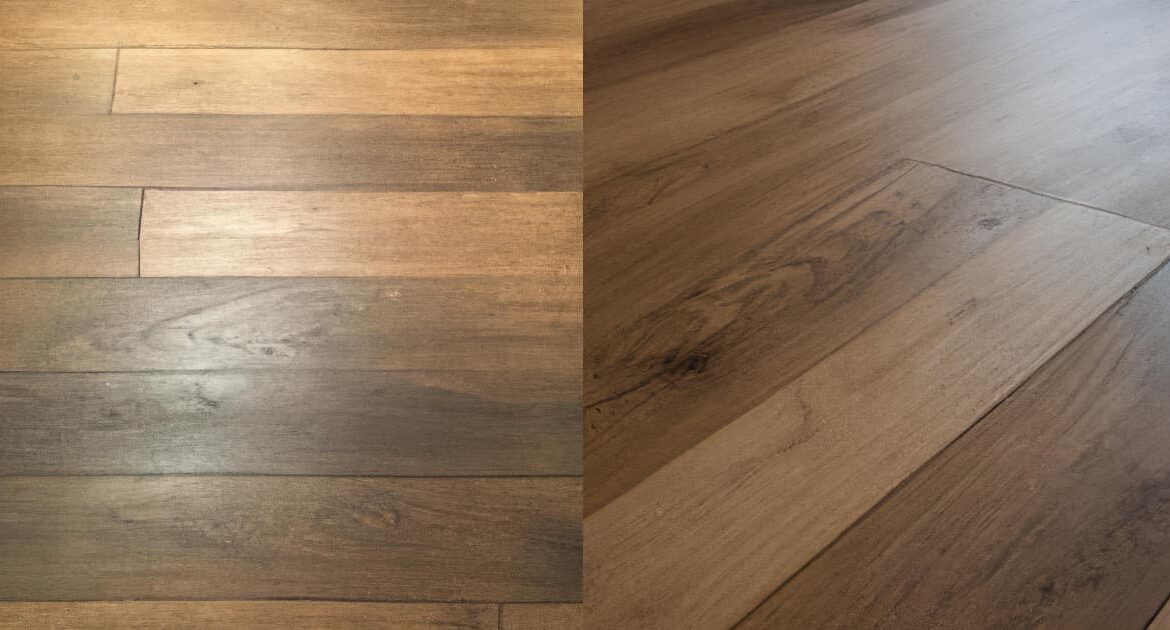
There are a number of factors to consider when selecting the best floor for your home, from the aesthetic look of the floor to its functionality, versatility, and durability to name just a handful of the top considerations.
One which has become increasingly prominent in recent years, however, is how environmentally friendly different flooring types are, with more and more households seeking sustainable materials that are as beneficial to the environment as they are complimentary of your interior style.
But before we get into our pick of the best options, what does it mean for a flooring type or material to be environmentally friendly – and are some options better than others?
What does it mean to select an environmentally friendly flooring type?
There are a series of aspects which contribute to the environmental impact of your flooring, mainly where it was sourced, how sustainable the material is, how easily it can be recycled, and how long it will last for before needing to be replaced.
While thinking about how easy it will be to recycle your floor may not feel like an important factor before you’ve even purchased and installed it, this does have a long term impact on how environmentally friendly it is – as does the origin of the floor, and how long it will last.
The other thing you need to consider and take note of when selecting a new floor is its VOC level. This may sound complicated, but it’s relatively easy to find out once you recognise that you are ideally looking for a flooring type with no or low-VOCs – that is, low or no volatile organic compounds.
Now you know what it means to have an environmentally friendly floor, and can identify some of the main factors you need to consider when sourcing your floor, what are the best options and solutions for your home?
Our pick of the top floors for an environmentally friendly home

For those looking to create a more sustainable home, here are some of the best floor types to consider:
Hardwood
High up on the list of every homeowner is hardwood flooring. It tends to boast coveted status across most homes, not only because it’s considered environmentally friendly but because it’s aesthetically stylish, highly durable, and boasts the kind of timeless finish which elevates the value of your home as well as the ease with which you can dress and decorate your interior space.
To focus specifically on its environmental status, first up hardwood floor is incredibly strong and durable which means it doesn’t need to be replaced regularly at all. Hardwood is also a renewable source which adds to its properties as an environmentally friendly option, and many of the best woods for flooring are grown locally in the UK which means the need to ship and transport materials is low.
If you decide that a wooden floor is the right option for you, one important thing to note is that hardwood is not the same as engineered wood, with the latter not falling into the same category in terms of durability or environmentally friendly status. Engineered wood is not as strong or as durable, and it can sometimes contain high levels of VOC if the glue used to hold the layers together is of a low quality.
Sheet vinyl
This is an interesting one because vinyl can fall under both the environmentally friendly category and the one which deems it harmful to the environment – it all depends on which vinyl flooring you choose. To make sure you select one which is considered environmentally friendly, look for a vinyl which is made using recycled plastic, and finished to a high standard for the highest possible lifespan.
While not as sustainable as hardwood, the long life of high quality sheet vinyl can make this a good option which doesn’t need to be replaced regularly.
Carpet tiles
Provided you choose your carpet carefully and opt for one which is made from renewable of recycled materials, then carpet can be an excellent choice for an environmentally friendly floor – and here at TBC we make it easier than ever to minimise waste by offering our pick of the best carpets in time format.
This means that, rather than laying the carpet in one large sheet and wasting all of the edges and offcuts, you can be more precise in how much carpet material you actually need – building up the flooring layer one tile at a time and minimising waste.
You can optimise the lifespan of your carpet tiles by selecting a high quality underlay and ensuring that the VOC rating is as low as possible to lower emissions.
Other types of environmentally friendly flooring to consider
Aside from these three, which form three of the most popular and sustainable flooring options for modern homes, other flooring types to consider which can be deemed environmentally friendly include:
- Cork
- Stone tiles
- Bamboo
For more advice and to learn about how our team can help you to install and fit the best floor for your home, visit our website or get in touch directly.

